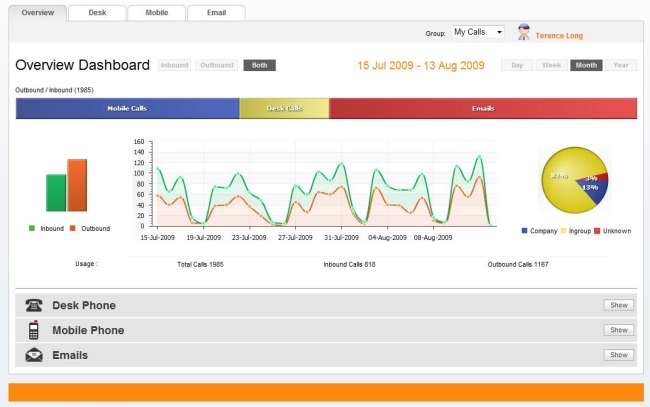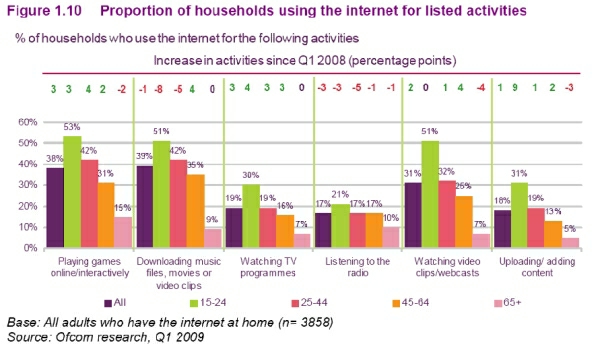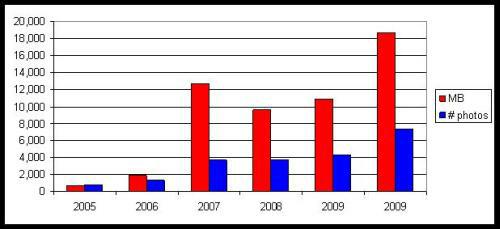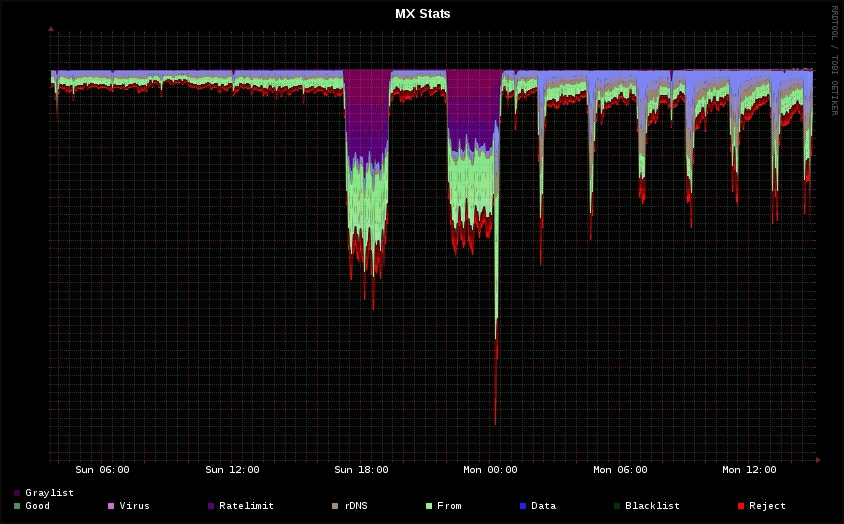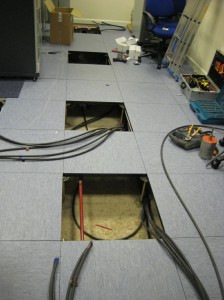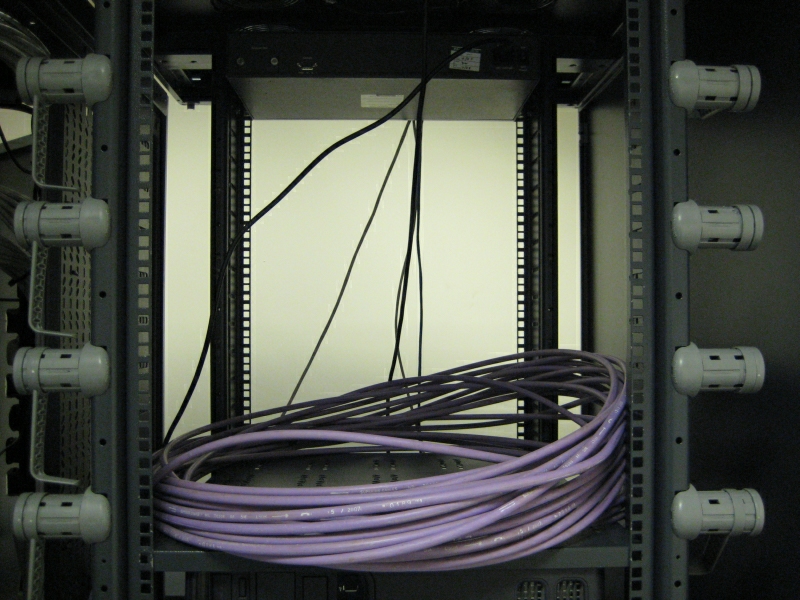Article written by yours truly for this month’s Federation of Small Businesses “Business Network” magazine, reproduced herein case you didn’t get your copy.
The last year has been a tough one if you are in business in the UK and preservation of cash has been foremost in the minds of most managers. Companies that emerge successfully at the other end of the downturn will be not only be those that have saved costs but also those nimble enough to position themselves for growth during the new cycle.
Often this means adopting new technology that can improve efficiency as well as saving money. In today’s terms this means moving towards being an “online” business. This doesn’t just mean having an attractive website. It means moving some of the functions of your business into the internet “cloud” thereby reducing costs and increasing productivity.
Typically this also involves moving to a subscription based model with low capital outlay and the ability to scale up or down as your business needs it. The vast majority of applications needed by business today are available either free or via a rental model on the internet.
VoIP
Voice over Internet Protocol, as the name suggests, makes use of internet technology to make phone calls rather than the old fashioned telephone network. No longer an emerging technology VoIP has gone mainstream in a big way and is now used by tens of thousands of businesses in the UK.
During the recession sales of office phone systems have plummeted. People have just stopped buying. Businesses have instead been turning to “hosted VoIP” solutions.
Hosted VoIP is where the phone system is held remotely, typically at a secure datacenter in London’s Docklands. Instead of buying a box to sit in the corner of your office you just rent the service off an Internet Telephony Service Provider, of which there are over 100 now in the UK. All a small business needs is a broadband connection.
Hosted VoIP allows a business the flexibility to grow without having to invest in expensive systems. They are also ideal for companies with home workers (eg sales people) or people who like to work from home sometimes which, with today’s environmental concerns and the cost of fuel, is increasingly becoming a trend. A home worker gets the same service as if he was in the office and calls between extensions are free wherever they are.
eMail
eMail was one of the first internet applications to be adopted by business. Historically for small businesses basic email was provided by their Internet Service Provider. Big business bought its own, highly functional email system, normally Microsoft Exchange or Lotus Notes.
Nowadays this differentiator has disappeared. With hosted Exchange and Hosted Blackberry even one man bands can now have the same high end email and mobile email function as the biggest corporation.
If you don’t want to pay anything and provided you don’t want to use your own company domain name you can also use free email and calendar services such as those provided by Google et al.
Web based marketing
Web based marketing, as stated earlier, no longer means putting up a website and counting the vists. It must encompass many strands including lead generation and online ordering, (ie eCommerce).
Companies would also do well to harness the power of new Web2.0 facilities such as Facebook and Twitter. Large companies employ staff just to manage the company’s Facebook and Twitter presence. Dell, for example, is proactive in seeking out people commenting, good and bad, on the company’s products and services. Dell contacts the complainants and find out how they could improve the customer experience.
This needn’t mean employing dedicated staff. It might means as little as setting up a Facebook page to advertise a specific product or service.
There are some very high profile business successes where Facebook has been used to market a product. Animoto, for example, was a startup offering an unique photo album service. Customers upload their photos and Animoto’s system sets them to music in a slide show that is totally different for every customer.
Animoto used Amazon’s cloud computing service to host their system. Within 48 hours of advertising their service on Facebook the rush of new customers meant that they had to scale up their use of Amazon’s cloud based “virtual” computers from 30 machines to 4,000.
Cloud computing
This use of the internet by what was a small business meant that Animoto could grow their system without having to make the risky capital investment up front. The same rationale can be applied to storing your company’s vital data. Many members of the FSB will be too small to have their own IT resource. Subscribing to an online backup service can bring huge peace of mind. The ability to quickly recover data from a crashed PC could make or break a business.
Whatever tactics you employ to survive the credit crunch it is clear that the internet should have a big part to play in your plans.

